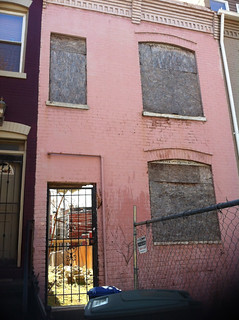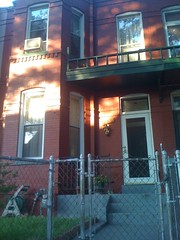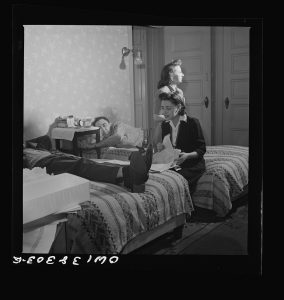
Full disclosure: I love Airbnb. I have used it when traveling and I have hosted. I have a property (not in DC) that is being used as an Airbnb.
So I was aware one of my neighbors was an Airbnb host. The neighbor is a good neighbor and the guests in this person’s home have been fairly quiet. Then later I noticed some new people in the house of the the evil landlady and introduced myself to find out who her new victims were. They said they were only going to be there for 3 months, and I quickly figured out it was an Airbnb. So I went online to try to find the listing of she who used to constantly rent to crackheads. In looking for her, I came across a couple of other Airbnb’s on my block.
In total I located 4 Airbnb’s on my street block; the one I already knew of, the one from the evil landlady, a neighbor renting out a not exactly separate basement, and a real estate investor.
I basically figured out whose house is whose by looking at every available whole house and private rooms in a 5 block and carefully looking at the photos. The easy ones showed the front of the house, I think that was 3 of the four, so not that hard. Then I looked at what could be seen from the window and tested my knowledge of my neighborhood. Sometimes a style of door helped. That’s when it became a game, a game of guess that house. Found several houses on 3rd Street, Bates, Florida and New Jersey.
I don’t believe most Airbnb guests are bad. There is a small irony that a long time renter who has an annoying habit of having insanely loud cell phone conversations outside (sometimes at 2 in the frickin morning) is sandwiched between two Airbnbs. I pity the guests.
I don’t fear Airbnb because I lived here when there were tons of Section 8s. Various jurisdictions want to limit the number of short term rentals, but they never did the same for Section 8s. There were good Section 8 renters on our block and there were horrendously bad anti-social fk-ups whose chaos spilled out and made life difficult for neighbors. I’m thinking of Drama Mamma, who was a horrible neighbor with a violent son. Comparatively, I like the Airbnb guests a bit better, so far.
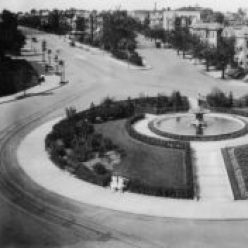
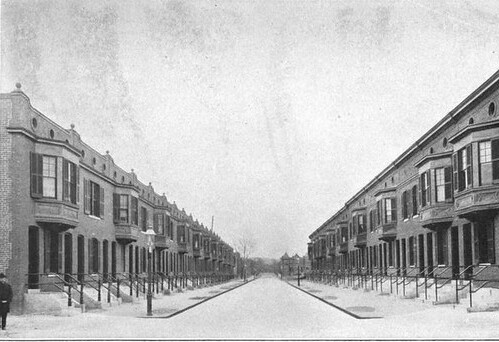
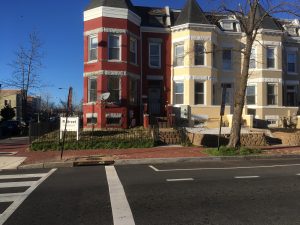 So what’s new? A sign.
So what’s new? A sign.